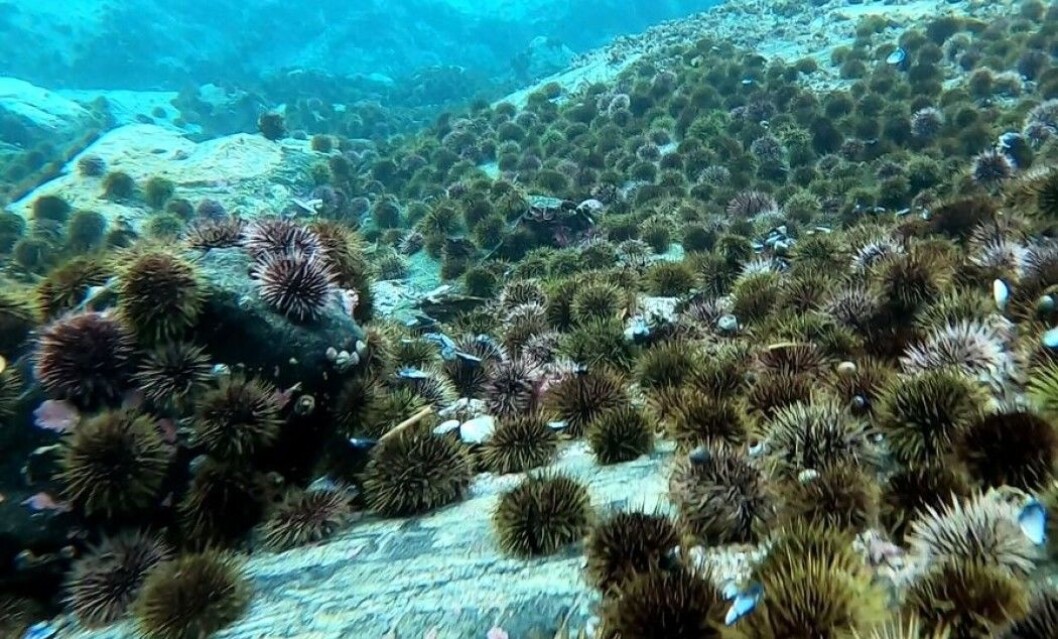
|
 |
Kitaplar » AQUACULTURE » Sea Urchin Farming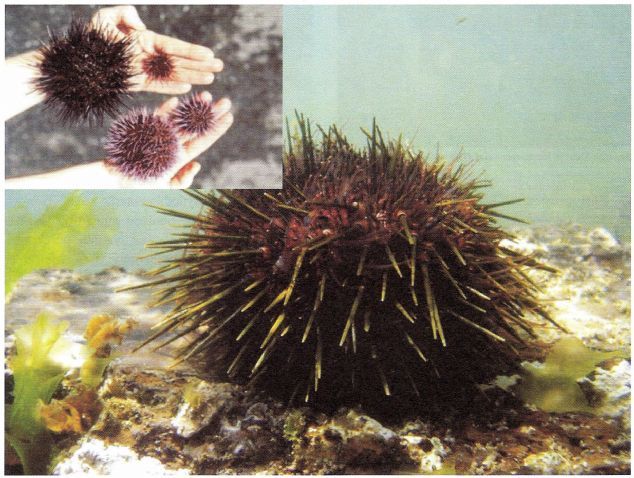
Picture:
Sea Urchin Farming Prof. Dr. Atilla ALPBAZ Sea urchin is a creature that exists in the seas of our country but is not used as human food by the Turkish people. Besides, sea urchin is considered as a very valuable human food in many countries of the world. Especially in Japan and France, due to the decrease in natural hunting areas, breeding issues came to the agenda in the 1980s, and especially in the last 20-25 years, very successful results have been achieved in the breeding activities of this creature. In most of the world's seas, natural sea urchins are hunted. Most of these products are exported to Japan. It is noted that the annual amount of sea urchins purchased by Japan was 6300 tons for 1996 and its value was 243 million dollars. In 1988, there was a significant decrease in the amount of wild catches and this decrease continued in the following years. As a result of this decrease, the price of one kg of unprocessed sea urchin in France increased to £ 11 and the price of processed to £ 83.5. This high price has been the main stimulus for breeding. As a result of the studies carried out, successful results have been achieved in breeding breeding, egg retrieval from rootstocks, hatching larvae and feeding the larvae in sea urchin breeding. 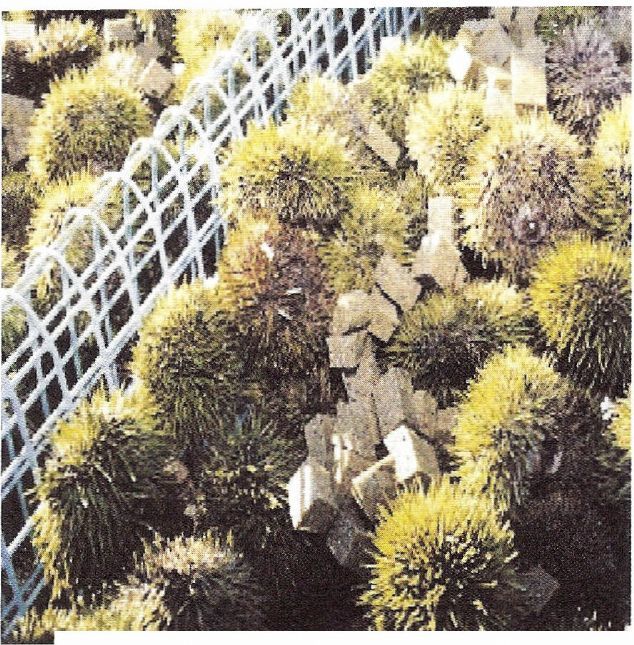 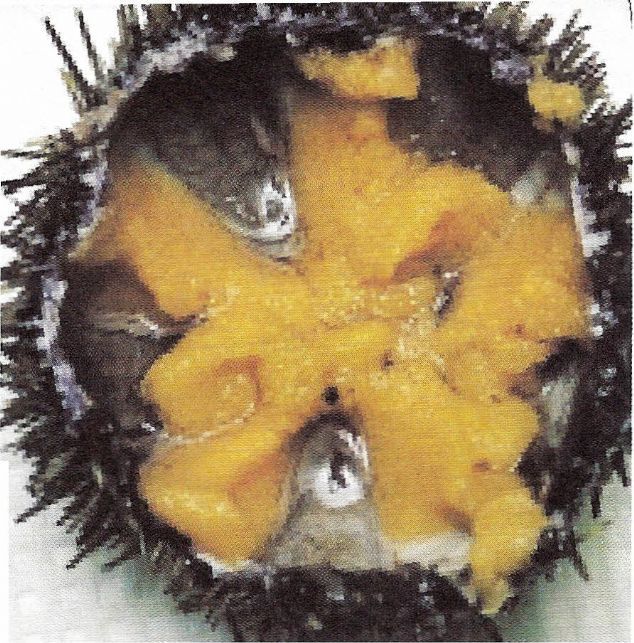 Picture: Sea urchin production studies and eggs in an individual reared in a controlled environment
Fattening studies were tested in ponds established on land, and also the ways of feeding individuals placed in cages in the sea or in rearing pans used in oyster farming were also discussed. Adult sea urchins can generally take many feeds as food. Their main food in nature is sea plants. In the fattening studies, specially prepared artificial baits and algae collected from the seas, especially kelp, were discussed. It is noted that the pans described in the Marine Oyster section can be used.
According to a report, an investment of $ 65,000 was required for a marine aquaculture operation, 15 tons of annual production was achieved and an average of $ 93,000 per year over a 4-year operation.
Detailed studies are ongoing on the subject, and improvements are expected in the field of artificial feeds in the near future. In breeding, since the ovaries are the body part, which is the main food value, feeding that will ensure the development of the ovaries is an important issue in studies. Off-season production through artificial breeding ensures higher income in aquaculture.
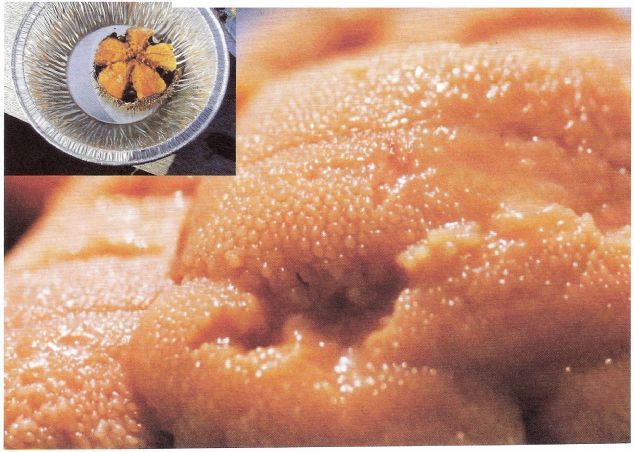 Picture: Sea urchin is considered a very valuable food when the ovaries are ripe
The presence of sea urchins off the coast of Norway; It is reported that the food condition is not very favorable for this creature. As a result, studies of providing production by artificial feeding are discussed. These studies are reported to be successful in growing sea urchins. It was observed that sea urchins developed very quickly and their ovaries increased from 8% to 219% with the artificial feed made. It was explained that one kg of ovaries developed against three kg of food and it was a very successful result economically. In addition, as a result of feeding with this artificial feed, the ovarian color, taste and maturity level desired by the Japanese market can be reached. As a result of these studies, it is observed that sea urchin farming has developed on the Norwegian coast. It is also among the practices that the sea urchins collected from the nature in breeding are fattened for a period of time and they become conditioned. Japanese buyers pay the highest price for sea urchins produced as a result of this study. By examining the potential of sea urchin beds in our country, it can be expected that similar researches on individuals to be collected from nature will yield interesting results.
Sea urchins can adapt to being kept in cages and to artificial feeding in land facilities. However, it can be said that food in cages in the sea is a cheaper and safer way.
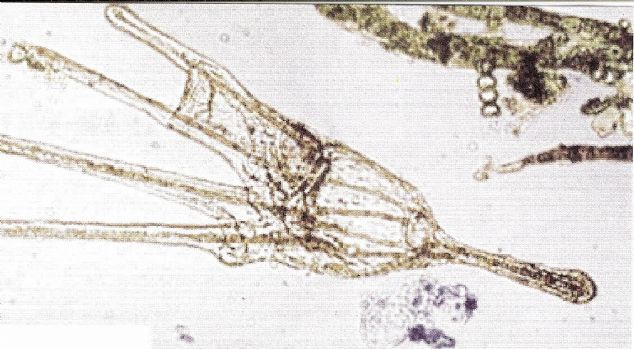 Picture: Sea urchin larva
In studies conducted on larval production, it is stated that the larvae hatch from the eggs on the 3rd day and start to swim freely. Larvae are taken into 60-100 liter tanks and can be fed with a variety of fitaplankton. It has been recorded that plankton species of Hymenomonas elongata and Dunalliela tertioleeta have been used successfully for this purpose. In 17-1SoC aquatic environment, on the 19th day, metamorphosis occurs and the larvae change shape. This change is completed in 21 days.
Artificial powder feeds or wet feeds are started to be given to the larvae fed with plankton until the 26th day. After this period, the larvae are taken to the growth places. The growth sites are in the form of a tray as seen in the picture below and are 0.45xO.45xO.25 in size. Stocking is 0.375 -0.550 kg per square meter. The vitality can be between 75-95%. 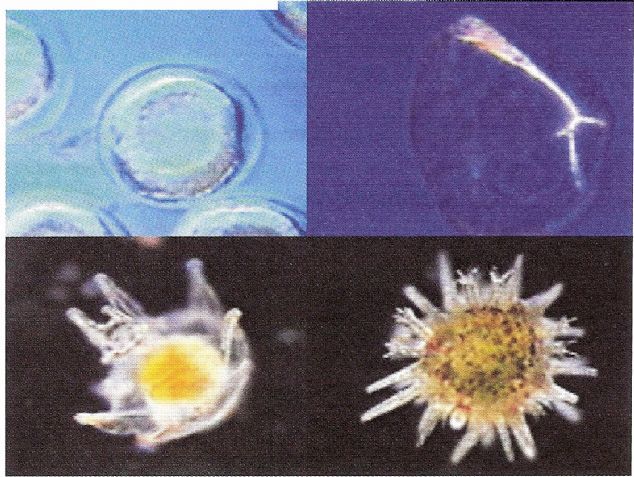 Sea urchin eggs |




